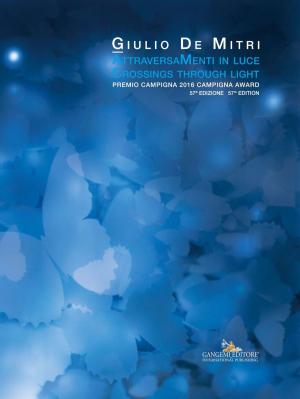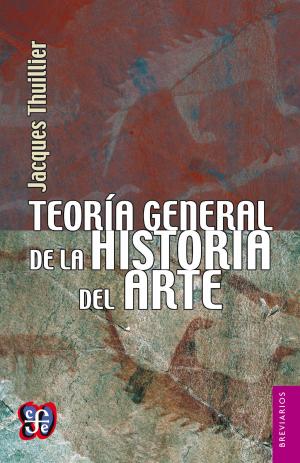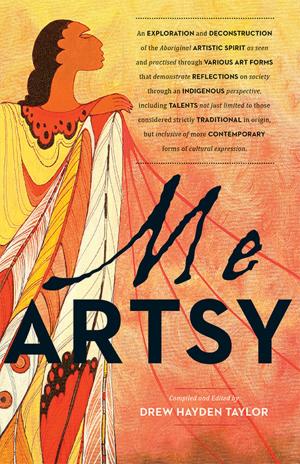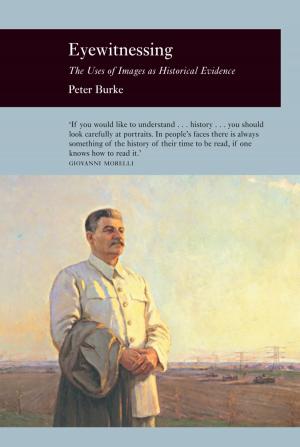Vaisnava Iconography in the Tamil Country
Nonfiction, History, Asian, India, Art & Architecture, Art History| Author: | R Champalakshmi | ISBN: | 9788125049937 |
| Publisher: | Orient BlackSwan Private Ltd. | Publication: | December 13, 2012 |
| Imprint: | Language: | English |
| Author: | R Champalakshmi |
| ISBN: | 9788125049937 |
| Publisher: | Orient BlackSwan Private Ltd. |
| Publication: | December 13, 2012 |
| Imprint: | |
| Language: | English |
Indian iconography has chiefly been catalogued by historians; it has not been extensively subjected to the analytical scrutiny that is essential to its use as a source of knowledge about our historical past. The present volume is therefore a pioneering study in that it looks at iconography as an index of socio-religious change at both the micro and the macro levels. The study is confined to the Vaishnava sect in the Tamil-speaking region of South India and to the time-span of 300 B.C. to A.D. 1300. However, it is broad in its sweep of observation and analysis of the evolution of ideas and concepts, as well as of their impact on social groups and religious systems. The basic Vaishnava concepts and beliefs, the major and minor forms and avatars of Vishnu, the principal and secondary goddesses and deities of the Vaishnava pantheon as well as syncretic forms are all examined in depth in the course of tracing the development of the iconography. As a major book on its subject, this volume is indispensable to scholars and students alike.The author, Dr.Radha Champakalaksmi obtained her doctoral degree from the University of Madras (Chennai), where she also lectured on ancient history and archaeology from 1961 to 1972, after which she had been an Associate Professor at the Centre for Historical Studies, Jawaharlal Nehru University, New Delhi. Her research over the past two decades has included work on ancient Indian economic and social history, ancient Indian art and architecture, and the comparative studies of civilizations. During 1978-79 she was elected National Lecturer in History by the University Grants Commission and lectured at several Indian Universities during this period.
Indian iconography has chiefly been catalogued by historians; it has not been extensively subjected to the analytical scrutiny that is essential to its use as a source of knowledge about our historical past. The present volume is therefore a pioneering study in that it looks at iconography as an index of socio-religious change at both the micro and the macro levels. The study is confined to the Vaishnava sect in the Tamil-speaking region of South India and to the time-span of 300 B.C. to A.D. 1300. However, it is broad in its sweep of observation and analysis of the evolution of ideas and concepts, as well as of their impact on social groups and religious systems. The basic Vaishnava concepts and beliefs, the major and minor forms and avatars of Vishnu, the principal and secondary goddesses and deities of the Vaishnava pantheon as well as syncretic forms are all examined in depth in the course of tracing the development of the iconography. As a major book on its subject, this volume is indispensable to scholars and students alike.The author, Dr.Radha Champakalaksmi obtained her doctoral degree from the University of Madras (Chennai), where she also lectured on ancient history and archaeology from 1961 to 1972, after which she had been an Associate Professor at the Centre for Historical Studies, Jawaharlal Nehru University, New Delhi. Her research over the past two decades has included work on ancient Indian economic and social history, ancient Indian art and architecture, and the comparative studies of civilizations. During 1978-79 she was elected National Lecturer in History by the University Grants Commission and lectured at several Indian Universities during this period.















